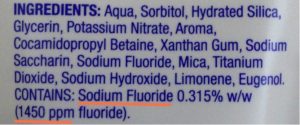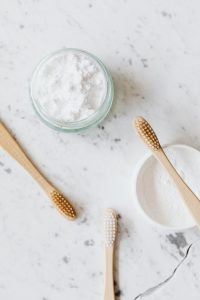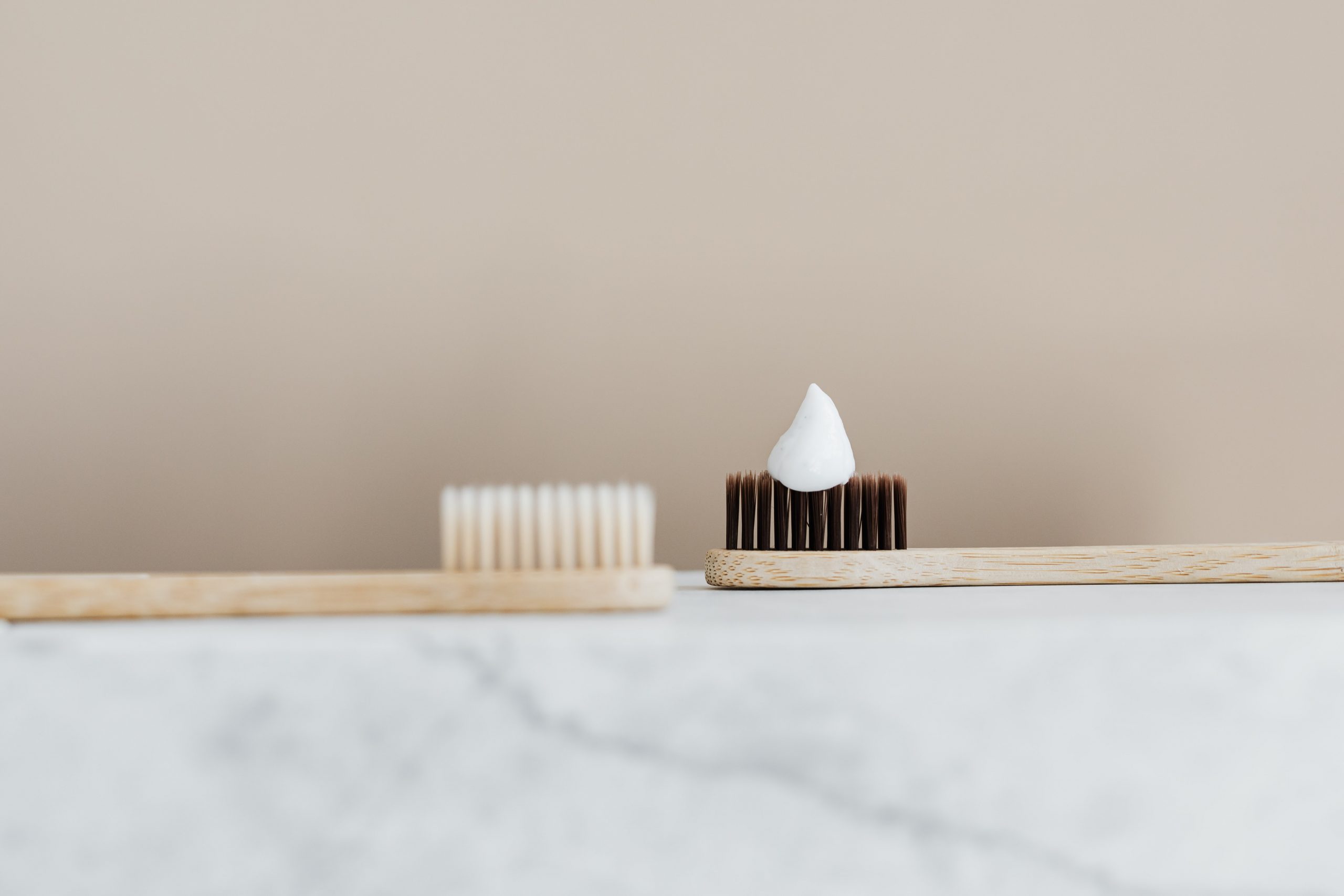AUTHOR’S CORNER
Do you know what’s in your toothpaste?
SHARE
Have you ever wondered what are the ingredients in your toothpaste? If not, don’t worry. In this article, Greek Women in STEM explain the chemistry of a toothpaste.
Brushing your teeth, at least twice a day, is a daily ritual. Conventional toothpastes, which come in a variety of brands, are loaded up with potentially dangerous chemicals which damage not just the health of our teeth and gums, but also our overall health. Therefore, knowing what we consume daily is quite important for the prevention of any side effects or any health threating conditions.
There are many ways to separate and classify the ingredients of a toothpaste. We will classify the ingredients according to the action of these components. We will discuss which of them is best to avoid or choose, depending on our needs.
Let’s have a look at the main types of toothpaste ingredients:
Fluoride: It is probably the most popular active ingredient and is available in various forms in toothpaste. Because it is embedded in the enamel, it prevents dental caries and strengthens the teeth. The recommended fluoride amount for people over the age of seven is 1450 ppm. In toothpastes we find one of the following:
– Sodium Fluoride
– Sodium monofluorophosphate
– Stannous fluoride
…with the Stannous Fluoride being the most beneficial! While the benefits of the first two are nearly identical, the beneficial extra property of Stannous Fluoride is the control of gum sensitivity and even the control of dental caries in its initial stage.
Abrasives: Insoluble small particles, that provide mechanical cleaning and are responsible for the characteristic shine that occurs after brushing the teeth. Teeth whitening toothpastes contain abrasives. The most common are:
– Silica
– Sodium bicarbonate (baking soda)
– Calcium carbonate (chalk)
The deterrence of a toothpaste, the ability of surface abrasion in simple terms, is determined by the size of the granules and the concentration of the substance it contains and measures the toothpaste’s action on the tooth surface. Note that this action can be either physiological or pathological. The RDA (Relative Dentin Abrasivity) index is used to calculate it. The higher this index, the higher the abrasion. In cases of dental sensitivity, a low abrasion index (RDA) is desired and is the safest for the teeth, whereas a high RDA index, such as that of whiteners, readily causes superficial abrasions on the enamel.
Humectants: Substances that attract water from the atmosphere by preventing the toothpaste from drying up. Glycerol, Sorbitol, hyaluronic acid, panthenol, aloe, urea, propylene glycol belong in this category and we find them very often in skin care products.
Propylene glycol is an organic alcohol. It helps in the better and immediate absorption of the active ingredients of the care products as it is a penetration enhancer. However, it often causes cheilitis, allergic reactions and local irritations.

Detergents: Or surfactants, such as Sodium Lauryl Sulfate that create toothpaste foam.
Sodium lauryl sulfate (SLS – Sodium Lauryl Sulphate), acts as a foaming agent and it is found in most toothpastes. The unpleasant taste it causes, it is covered by strong flavor additives. The characteristic bitter taste of the food consumed after brushing is due to this ingredient. The SLS has been linked to the development of mouth ulcers (cold sores) in susceptible individuals. Also, contrary to popular belief, scientific data, to date, does not indicate that it is carcinogenic.
Flavoring additives: Mint, menthol, essential oils such as eucalyptus and tea tree, cinnamon, and mint are utilized as flavoring additions. Allergies to these substances are likely to cause mucosal irritation. As a result, they should be avoided in cases of perioral skin problems. Peripheral dermatitis, for example, is a disorder that looks like acne, appears after changing a toothpaste, and consists of red lumps around the mouth, chin, nose, and eyes on rare occasions.
Pyrophosphates: They are in tartar/plaque control toothpastes. They help remove plaque, by preventing the deposition of magnesium and calcium in the teeth. The mechanism of action of pyrophosphates is such that it is contraindicated for patients with tooth hypersensitivity.
Preservatives: The well-known parabens, which are necessary for the preservation of the product preventing the growth of microorganisms.
Coloring Agents: Color is the hallmark of any toothpaste. The white color comes from titanium dioxide.
As a result, we can conclude that each individual patient case is unique and the possibility of an allergic reaction to an ingredient is common. The finest choice is aided by proper investigation and diagnosis from our doctor.

RELATED ARTICLES

PODCAST 4 – Brain Next Top Model
Τι είναι τα mini brains;
Πώς μπορούμε από δερμικά κύτταρα να μελετήσουμε ασθένειες του εγκεφάλου;

COP26 and our future
Is this another meeting or have they just decided on our lives?

Archive
Find all our past articles chronologically organized in our archive.
CONTACT US
____________
greekwomeninstem@gmail.com
Do you have ideas, questions, comments or special requests?
Would you like to highlight your research project or nominate a researcher that you would like to learn more about?
Please write to our email or fill out the form and hit “send”. We will be happy to talk with you!
[contact-form-7 id=”44″ title=”Contact form 1″]

